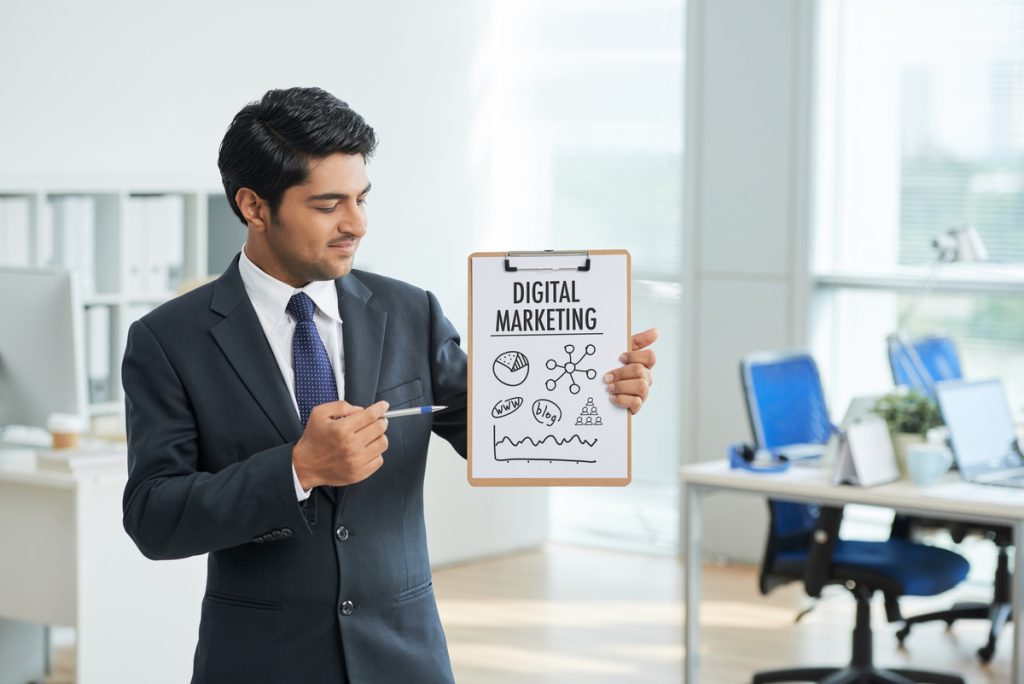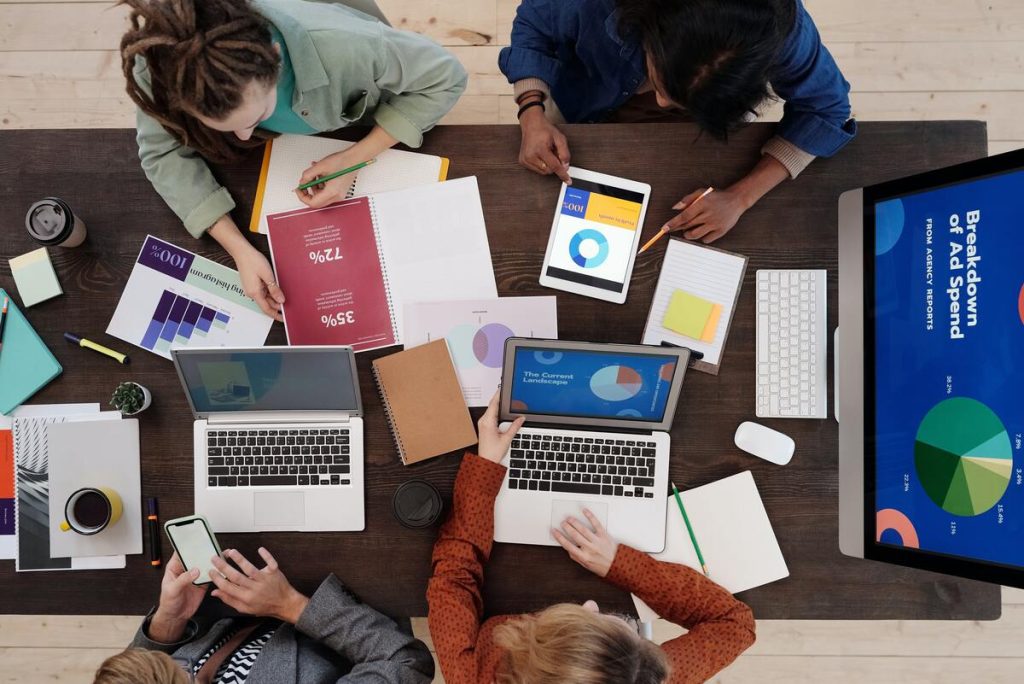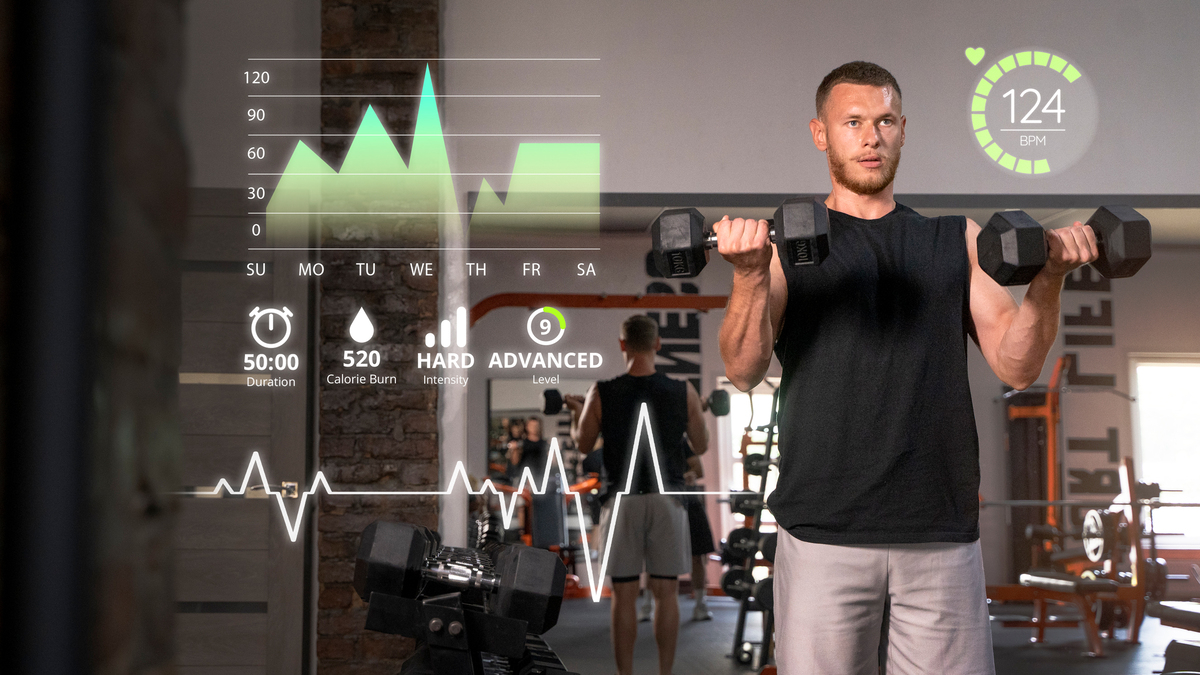Introduction:
Business Cards- One traditional tool that has stood the test of time is the humble business card. However, in an era where creativity and innovation are highly valued, standard rectangular cards often fail to leave a lasting impression. That’s where business cards with a twist come into play.
Imagine exchanging a business card that is not only visually striking but also resonates with your profession or industry. A circular card for a fitness trainer, a card shaped like a camera for a photographer, or even a card made of sustainable bamboo for an eco-conscious entrepreneur – these creative twists instantly grab attention and spark conversations.
The choice of materials is equally important in making a lasting impression. From metal and wood to plastic and fabric, the possibilities are endless. A metal card exudes professionalism and durability, while a card made from recycled paper sends a powerful message about environmental responsibility.
Business cards with a twist have become a powerful tool for entrepreneurs, professionals, and creatives to differentiate themselves in a crowded marketplace. They break through the clutter of ordinary cards and make a statement about individuality and innovation. In this article, we will explore the world of business cards with unique shapes and materials, discussing their benefits, design considerations, and inspiring examples that will inspire you to break free from convention and leave a lasting impression.
What materials are used for business cards?
Classic business cards are printed most commonly on 14-point cardstock (thick), 16-point cardstock (thicker), and 100 lb. gloss cover (thin). These are the 3 most common kinds of paper used to print classic business cards. But, there are even more upgraded business card paper weight options available.
Business cards have evolved beyond the traditional paper stock, and now feature an array of materials that add a touch of uniqueness and creativity to their design. While paper remains a popular choice, there is a growing trend towards utilizing unconventional materials that reflect the brand’s personality and make a lasting impression on recipients. One common alternative material is plastic, which offers durability and a sleek appearance.
Plastic business cards can be transparent, translucent, or solid, and can be printed using various techniques such as UV printing or embossing. Another option is metal, which exudes a sense of luxury and sophistication. Metal business cards can be made from stainless steel, aluminum, or even precious metals like gold or silver.
These cards can be engraved or etched with intricate designs, creating a high-end and memorable look. Wood is yet another material gaining popularity for business cards, especially among eco-conscious businesses. Wooden cards are often made from sustainable sources and can be laser-engraved or printed on, resulting in a natural and rustic aesthetic. For a more tactile experience, some business cards incorporate materials like fabric, leather, or textured papers. These materials add a sense of touch and depth to the card, making it stand out from the crowd.

What shape is a business card?
Set yourself apart from the standard rectangular card with a die-cut shaped business card! Guaranteed to make your branding stand out, we have a wide variety of pre-made shapes for you to choose from. Custom shape business cards measure 2.75 x 2.75 inches.
The traditional shape of a business card is rectangular, typically measuring 3.5 inches by 2 inches. This standardized shape has been widely adopted across industries and is recognized globally. However, in recent years, there has been a surge in the use of unique shapes for business cards, breaking away from the conventional rectangle. These unconventional shapes aim to capture attention, stand out from the competition, and convey the brand’s personality.
One popular alternative shape is a square card, which offers a modern and sleek appearance. Square cards provide a larger canvas for designs and can create a visual impact. Another trend is rounded corners, which soften the edges of the card and add a touch of elegance. This shape variation maintains the familiarity of a rectangular card while introducing a subtle twist. Some businesses opt for die-cut shapes, where the cards are custom cut into specific forms that reflect their industry or brand. For example, a photographer may have business cards shaped like a camera, or a florist may have cards in the shape of a flower.
These unique shapes instantly make a memorable impression and help reinforce the business’s identity. Additionally, some companies experiment with more abstract and creative shapes, such as triangles, circles, or even irregular contours. These unconventional shapes challenge traditional norms and can spark curiosity and intrigue. However, it’s important to strike a balance between uniqueness and practicality. audience, and overall marketing strategy.
What are some unique business card ideas?
- Cosmetic Surgeon Business Card
- Yoga Trainer Business Cards
- Cheese Grater Business Card
- Tearable Divorce Lawyer Business Card
- Yoga Mat Business Card
- Fitness Trainer’s Tearable Business Card
- Designer’s Seed Packet Business Card
- Circumciser’s Business Card
When it comes to business cards, there are endless possibilities for unique and memorable designs that can make a lasting impression on recipients. Some unique business card ideas include incorporating unconventional materials such as wood, metal, or plastic to create a distinct texture and visual appeal. Die-cutting techniques can be employed to create custom shapes that align with the business’s branding or industry.
Another idea is to use interactive elements like fold-out sections or pop-ups that surprise and engage the recipient. Adding embellishments such as embossing, foil stamping, or spot UV coating can elevate the card’s visual impact and give it a luxurious feel. Utilizing innovative printing techniques like letterpress or thermography can create a tactile experience that adds depth and sophistication. For businesses in the creative industry, showcasing original artwork, illustrations, or photography on the card can reflect the brand’s aesthetic and leave a lasting impression.
The key is to think outside the box, align the design with the brand’s personality, and create a business card that not only conveys contact information but also reflects the business’s uniqueness and leaves a memorable impression on recipients.

How can I make my business card unique?
Add a photo. Designing your business card around a photo (whether it’s a photo of you, your product, or something related to your business) can make them more memorable and visually interesting—which will also make them more likely to drive results.
To make your business card stand out and leave a lasting impression, there are several strategies you can employ to make it unique and memorable. First, consider using unconventional materials for your card. Instead of traditional paper stock, you could opt for materials like plastic, metal, wood, fabric, or textured papers.
These materials not only add a tactile element but also visually differentiate your card from the standard ones. Second, explore creative shapes for your business card. While rectangular is the traditional shape, you can consider square cards, rounded corners, die-cut shapes, or even abstract contours that reflect your brand or industry. Third, incorporate eye-catching design elements. Use bold colors, striking typography, and unique patterns that align with your brand’s identity.
Consider adding special finishes like embossing, foil stamping, or spot UV coating to create visual and tactile interest. Fourth, make your business card interactive. Include elements like QR codes, augmented reality, or scannable features that provide additional information or access to digital content. This interactive element engages the recipient and makes your card memorable.
How do you make a catchy business card?
- Choose the right size
- Use your brand’s color scheme
- Include your business’s logo
- Include all of your contact details
- Select quality materials
- Don’t forget a call to action
- Keep it simple. Use quality printing
Creating a catchy business card involves several key elements to make it memorable and impactful. Firstly, focus on a clean and well-organized design that effectively represents your brand. Use a combination of eye-catching colors that align with your brand’s identity and evoke the desired emotions. Incorporate your logo prominently and ensure the font choice is clear and legible.
To make the card stand out, consider using unique materials, finishes, or textures such as embossing, foil stamping, or spot UV coating. Adding these elements can create a tactile experience and make your card visually appealing. Including a visually striking image or graphic that reflects your business or industry can also grab attention and leave a lasting impression.
Another way to make your business card catchy is by utilizing clever and concise wording. Craft a memorable tagline or a catchy slogan that resonates with your target audience. Keep the text on the card brief, focusing on the essential contact information and a strong call to action.
Consider adding a QR code that directs recipients to your website or portfolio, allowing for further engagement. Additionally, make use of the back of the card. Instead of leaving it blank, include a unique design, an impactful quote, or a snippet of useful information that prompts recipients to flip the card over.

What are the advantages of using non-traditional materials for business cards?
Using non-traditional materials for business cards offers several advantages that can make a significant impact on the overall impression and effectiveness of your card. One major advantage is the ability to stand out from the crowd. Non-traditional materials such as plastic, metal, wood, or fabric immediately capture attention and differentiate your card from the standard paper cards that people are accustomed to receiving. This uniqueness helps your business card leave a lasting impression and increases the chances of it being remembered and retained by recipients.
By using materials with different textures, finishes, or thickness, you can create a card that not only looks visually appealing but also feels pleasant to touch. This tactile element adds a sense of quality and professionalism to your card, making it more memorable and enhancing the overall perception of your brand.
Non-traditional materials also provide opportunities for unique and creative designs. These materials often offer different printing techniques and finishes, allowing you to experiment with embossing, engraving, foil stamping, or other special effects. This freedom of design enables you to showcase your brand’s creativity, personality, and attention to detail, making your card visually striking and memorable.
How do businesses incorporate innovative shapes and materials into their business cards?
Businesses incorporate innovative shapes and materials into their business cards in several ways. Firstly, they collaborate with professional designers or graphic design agencies who specialize in creating unique and eye-catching designs. These designers have expertise in utilizing innovative shapes and materials to create visually striking and impactful business cards. They work closely with the business to understand their brand identity, target audience, and marketing objectives, and then propose creative ideas and concepts that align with these factors.
Secondly, businesses may explore printing companies or specialized vendors that offer a wide range of materials and printing techniques. These vendors have the knowledge and resources to produce business cards using unconventional materials such as plastic, metal, wood, fabric, or textured papers. They may also have the capability to perform intricate die-cutting, embossing, or other finishing techniques that enhance the overall look and feel of the card.
Businesses can conduct research and draw inspiration from existing examples of innovative business card designs. They can explore online resources, design blogs, or industry-specific publications to discover creative ideas and trends. By understanding what other businesses have done and analyzing their success, they can gain insights into how innovative shapes and materials can be effectively incorporated into their own business cards.

How can unconventional materials enhance the design of business cards?
Unconventional materials can significantly enhance the design of business cards by adding uniqueness, visual appeal, and a tactile experience. When traditional paper is replaced with materials such as plastic, metal, wood, fabric, or even edible substances like chocolate or cookies, it immediately captures attention and sets the card apart from the standard options. The use of unconventional materials offers a fresh and unexpected look that can leave a lasting impression on recipients.
These materials provide opportunities for creative and innovative designs that align with the brand’s identity. For example, a sleek metal card can convey a sense of sophistication and luxury, while a wooden card can evoke a rustic and eco-friendly image. The material itself becomes a visual representation of the brand’s personality and values.
Incorporating unconventional materials also provides an opportunity to explore various printing techniques and finishes. Materials like plastic or metal can be engraved, embossed, or textured, while fabric cards can be embroidered or woven. These techniques add depth, dimension, and visual interest to the design, enhancing its overall impact.
Conclusion:
The utilization of unique shapes and materials in business cards has transformed a once conventional networking tool into a creative representation of personal brand and identity.
By embracing innovative shapes, professionals can instantly capture attention and convey the essence of their industry or profession. From circular cards for fitness trainers to camera-shaped cards for photographers, these unconventional designs spark curiosity and initiate engaging conversations.
The choice of materials adds another layer of intrigue and individuality. Whether it’s a sleek metal card exuding professionalism or a sustainable bamboo card symbolizing eco-consciousness, the material selection reinforces values and leaves a memorable impact.
Business cards with a twist provide a means of differentiation in a saturated market, allowing entrepreneurs, professionals, and creatives to break free from the monotony of traditional cards. They serve as a canvas for creativity, a tangible representation of personal style, and a catalyst for meaningful connections.











